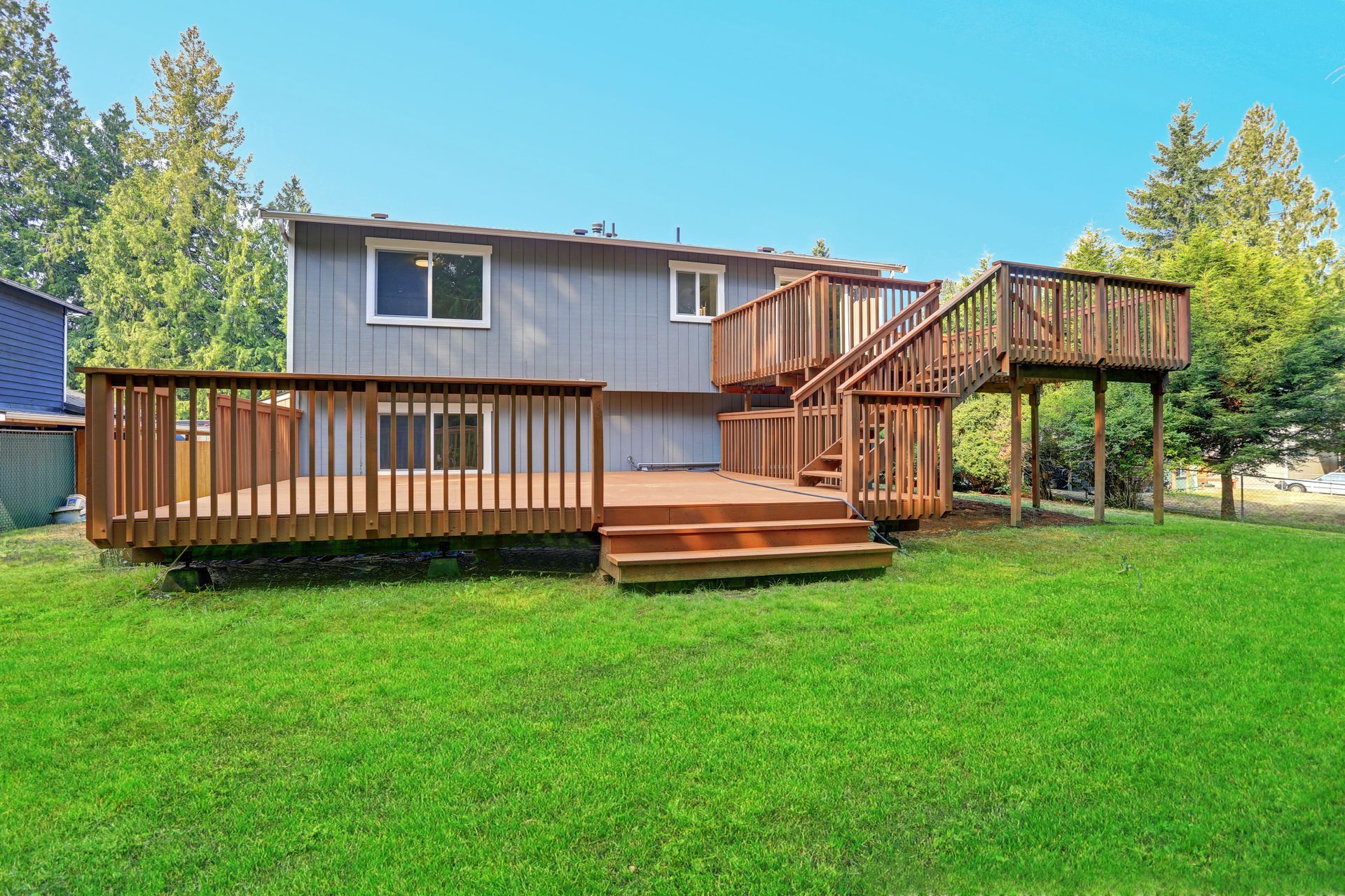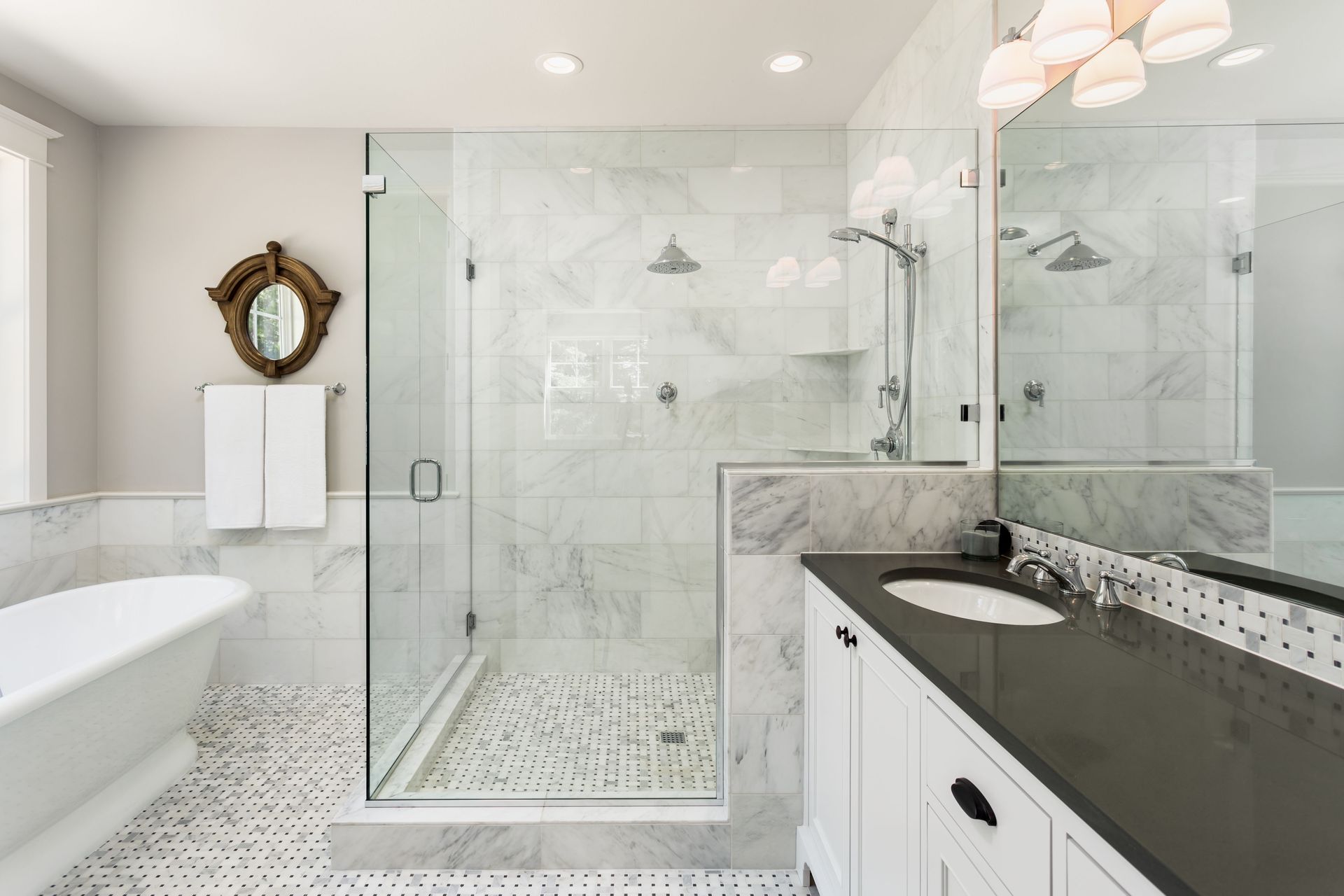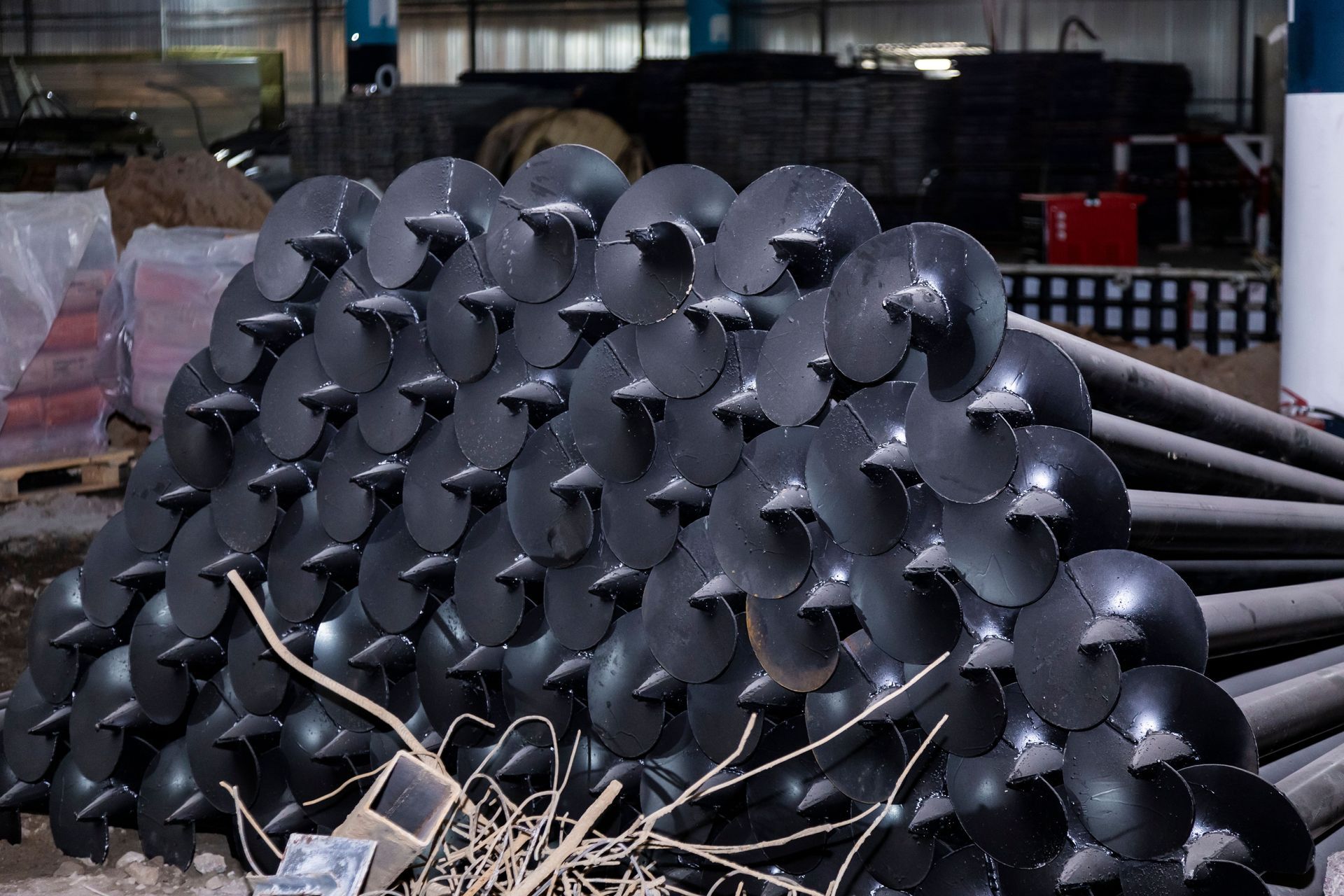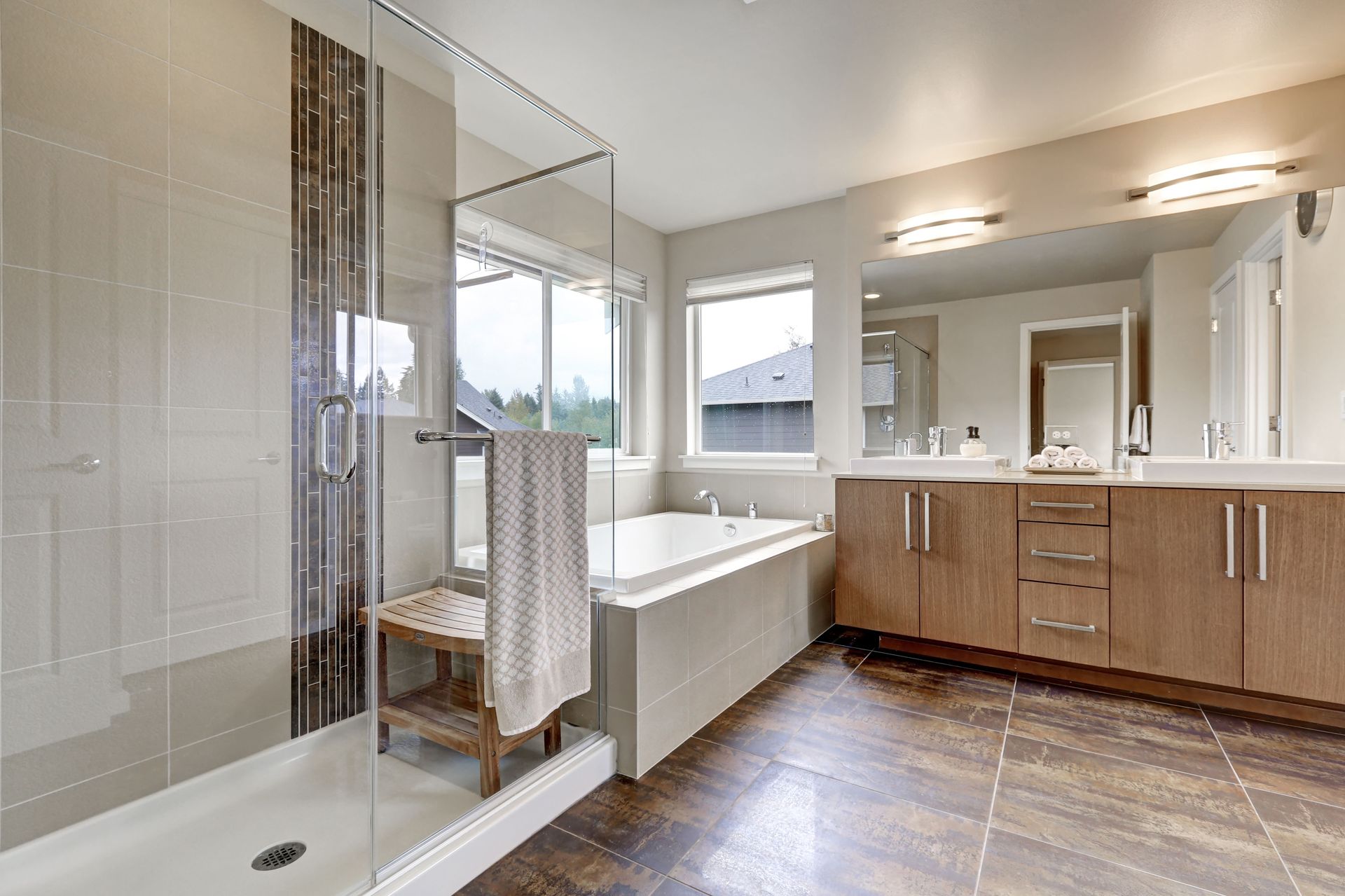3 Types of Septic Installation You Should Know
When planning for waste management on a property, understanding the types of septic installations is essential. According to MarketsandMarkets, the septic industry is set to be worth up to $5.5 billion by 2027. With a growing market, it's certain that a variety of services are going to continue to arise over the years. Here, we’ll look at three common types of septic installations: septic tanks, holding tanks, and sewer and water connections. Each of these systems has unique features, benefits, and ideal applications, making it important to choose the right one for your specific property needs.
1. Septic Tanks
Septic tanks are among the most popular choices for waste management in residential and rural areas. This system works by collecting wastewater from the property and allowing it to separate into solids and liquids within the tank. Bacteria in the tank break down solid waste, while liquids pass into a drain field for further filtration. Septic tanks are an environmentally friendly option, as they allow wastewater to be safely filtered and returned to the ground. However, they do require regular maintenance, including pumping every three to five years to prevent overflow and backups, according to our experts. Septic tanks are ideal for properties with adequate space for a drain field and where frequent maintenance is feasible.
2. Holding Tanks
Unlike septic tanks, holding tanks do not allow wastewater to filter into the ground. Instead, they simply store all wastewater from the property until it can be pumped and transported to a treatment facility. This setup is often used in locations where traditional septic systems are not feasible, such as near water sources or in areas with high water tables. Holding tanks require frequent emptying, as they have limited capacity, making them a more labor-intensive and costly option over time. However, they are a practical solution in areas with strict environmental regulations or where ground filtration is not allowed.
3. Sewer and Water Connections
Connecting directly to municipal sewer and water systems is an ideal option for properties located within city or town limits. This system eliminates the need for a personal septic system, as all wastewater is transported directly to a municipal treatment facility. Property owners benefit from lower maintenance requirements and greater convenience since there is no need for pumping or holding tanks. While sewer and water connections may have higher initial installation fees, they are often more cost-effective over time, especially in high-density residential areas. This system is highly reliable and efficient, making it the preferred choice for many homeowners when it is available.
Choosing the right septic installation is crucial for the long-term health and functionality of your property. By understanding the differences between septic tanks, holding tanks, and sewer connections, property owners can make informed decisions that align with their needs and environmental regulations. Each of these systems has distinct advantages and limitations, so it’s important to consider local regulations, maintenance needs, and the specific requirements of your property when selecting a septic installation. Call ATK today to get started with our septic installation services.








Share On: